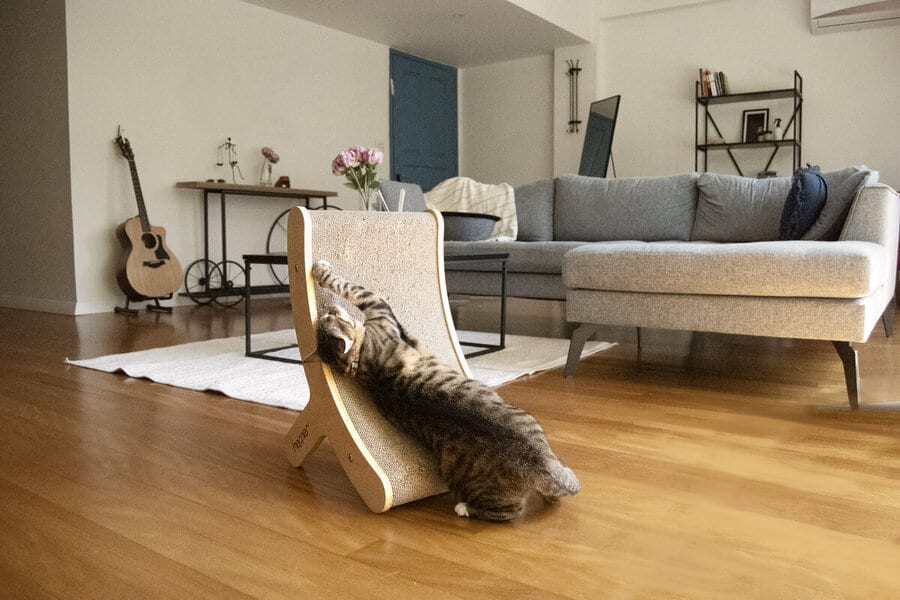
In this article

A Quick Comparison of Our Favorites of 2025
| Image | Product | Details | ||
|---|---|---|---|---|
| Best Overall |
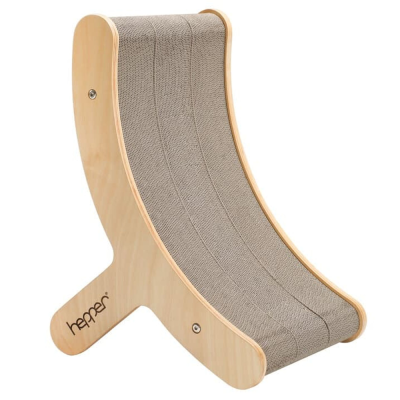
|
Hepper Hi-lo Cat Scratcher |
|
CHECK PRICE |
| Budget Buy |
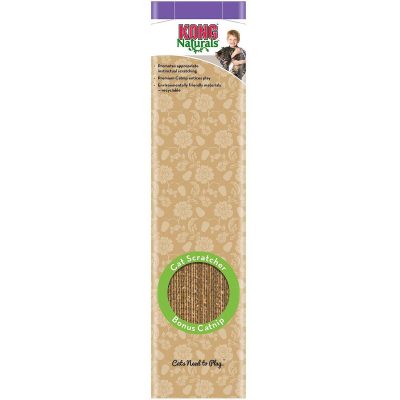
|
KONG Naturals Cat Scratcher |
|
CHECK PRICE |
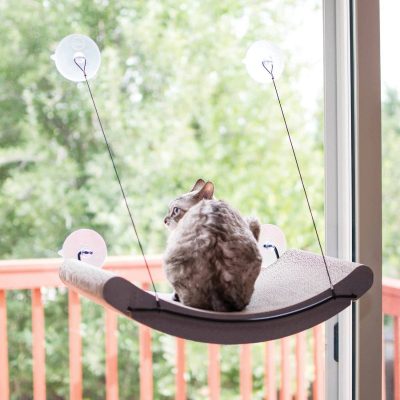
|
K & H Pet Products EZ Mount Window Scratcher Kitty Sill Cradle |
|
CHECK PRICE | |
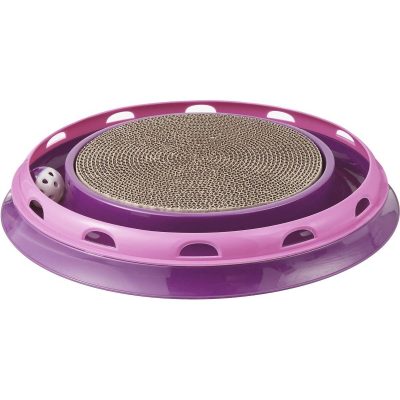
|
Frisco Scratch and Roll Scratcher Cat Toy with Catnip |
|
CHECK PRICE | |
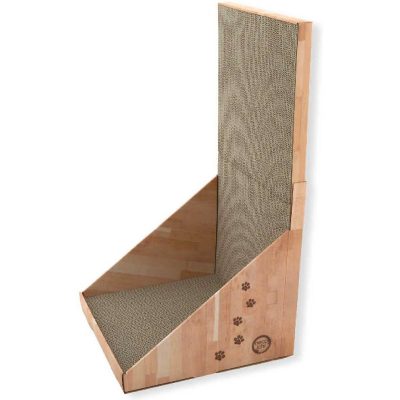
|
Necoichi Stretch and Scratch Wall Cat Scratcher Toy |
|
CHECK PRICE |
The 10 Best Cat Scratching Posts for Every Stage of Life
1. Hepper Hi-lo Cat Scratcher – Best Overall
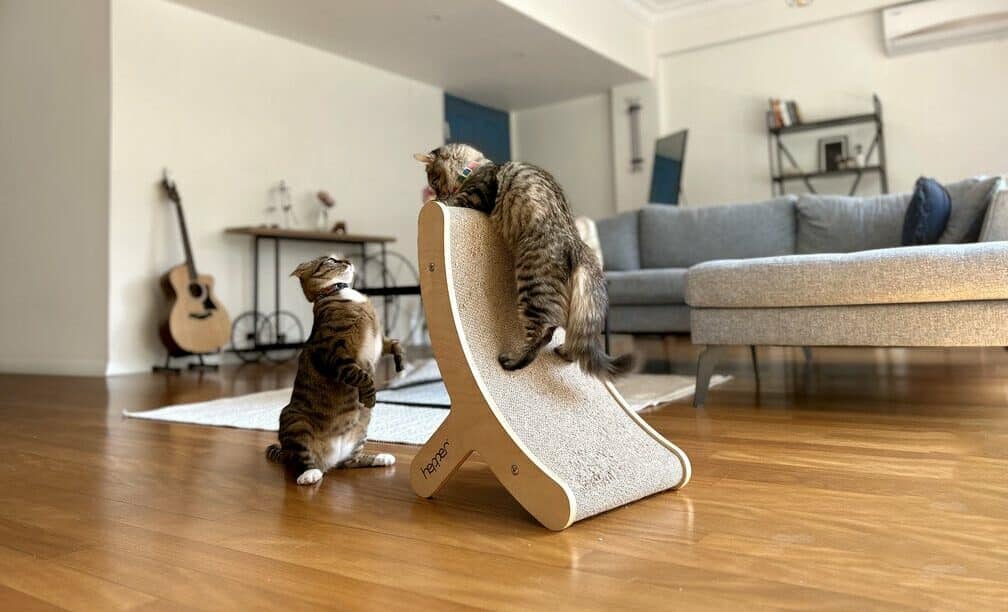
| Scratch Material: | Plywood, cardboard |
| Size: | 24.5 x 14 x 6 inches |
| Features: | 3-angle ply gym, scratcher |
Our pick for the best overall cat scratching post for every life stage is the Hepper Hi-lo Cat Scratcher. This durable scratcher features a unique 3-angle design that caters to all ages and sizes and allows your kitty to stretch, scratch, and even hide behind it if they choose. Your cat can choose between high, low or lower positions. The interesting architecture of the scratching post keeps your cat engaged and away from your furniture. The elegant shape and natural color of the Hi-lo blend into any home décor. Many users reported that it is the only scratcher their cats will use. It is a great option for cats of all sizes.
At Catster, we’ve admired Hepper for many years and decided to take a controlling ownership interest, so that we could benefit from the outstanding designs of this cool cat company!
- 3 angles
- Unique shape
- Fits nicely into home décor
- Cardboard is replaceable
- Only comes in one color
2. KONG Naturals Cat Scratcher – Budget Buy
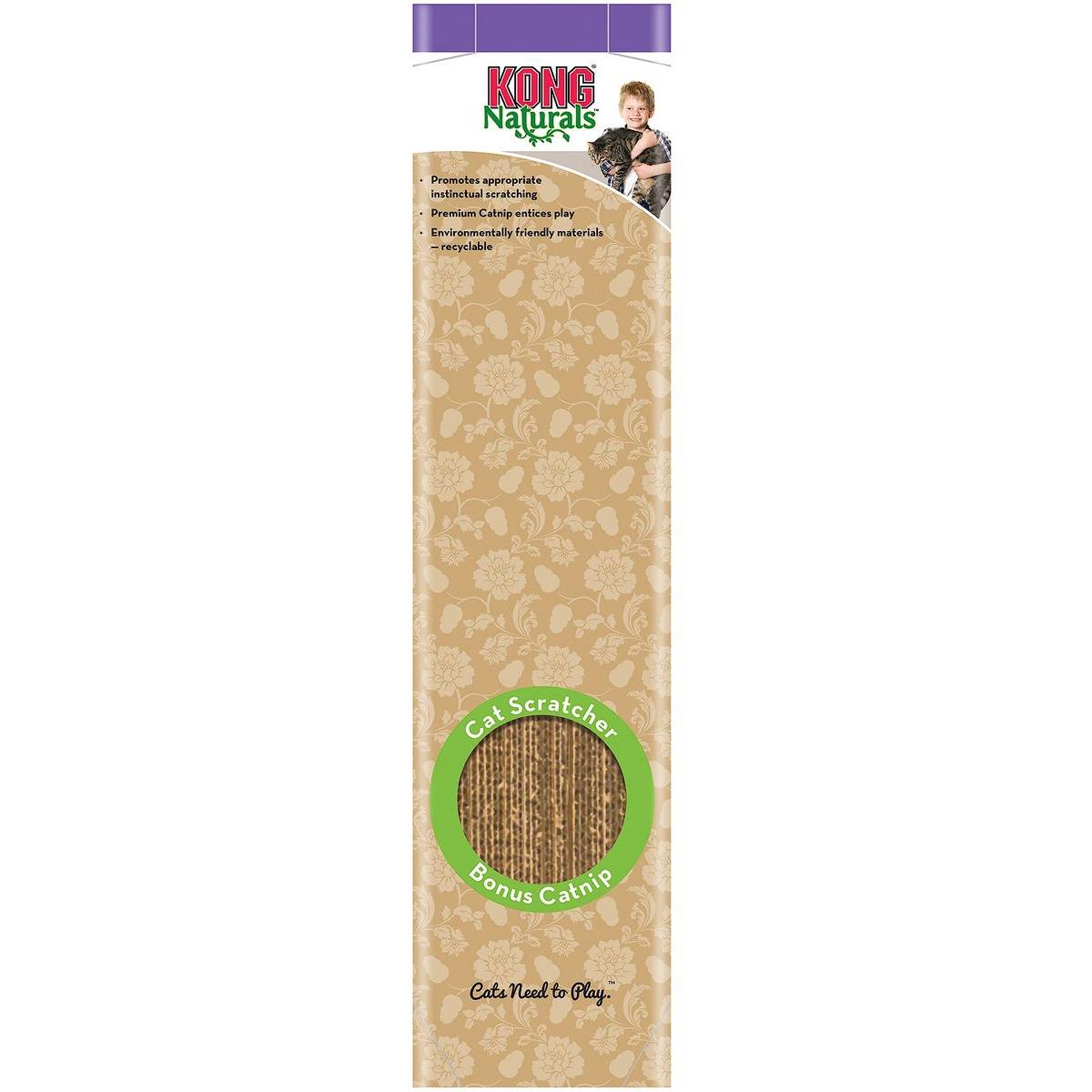
| Scratch Material: | Cardboard |
| Size: | 25” L x 5” W x 1.5” H |
| Features: | Catnip, reversible |
Our budget buy pick for the best cat scratching post for every age is the Kong Naturals Cat Scratcher. Cardboard cat scratchers tend to be inexpensive but often lack the durability of other materials. This scratching post is reversible, potentially doubling the amount of use your cat can get from a single product.
The Kong Naturals scratcher is made in the USA and features renewable materials for the eco-conscious consumer. To help lure your cat away from furniture, it’s infused with catnip. Some customers mentioned that the size of this scratching post works well for kitten and even large cats. However, they found it too light to stay stable during vigorous scratching. The catnip also smells quite strong.
- Reversible for double the usage time
- Big enough for large cats
- Made with renewable materials
- Contains catnip
- Not as stable during scratching
- Catnip smells strongly
3. K & H Pet Products EZ Mount Window Scratcher Kitty Sill Cradle
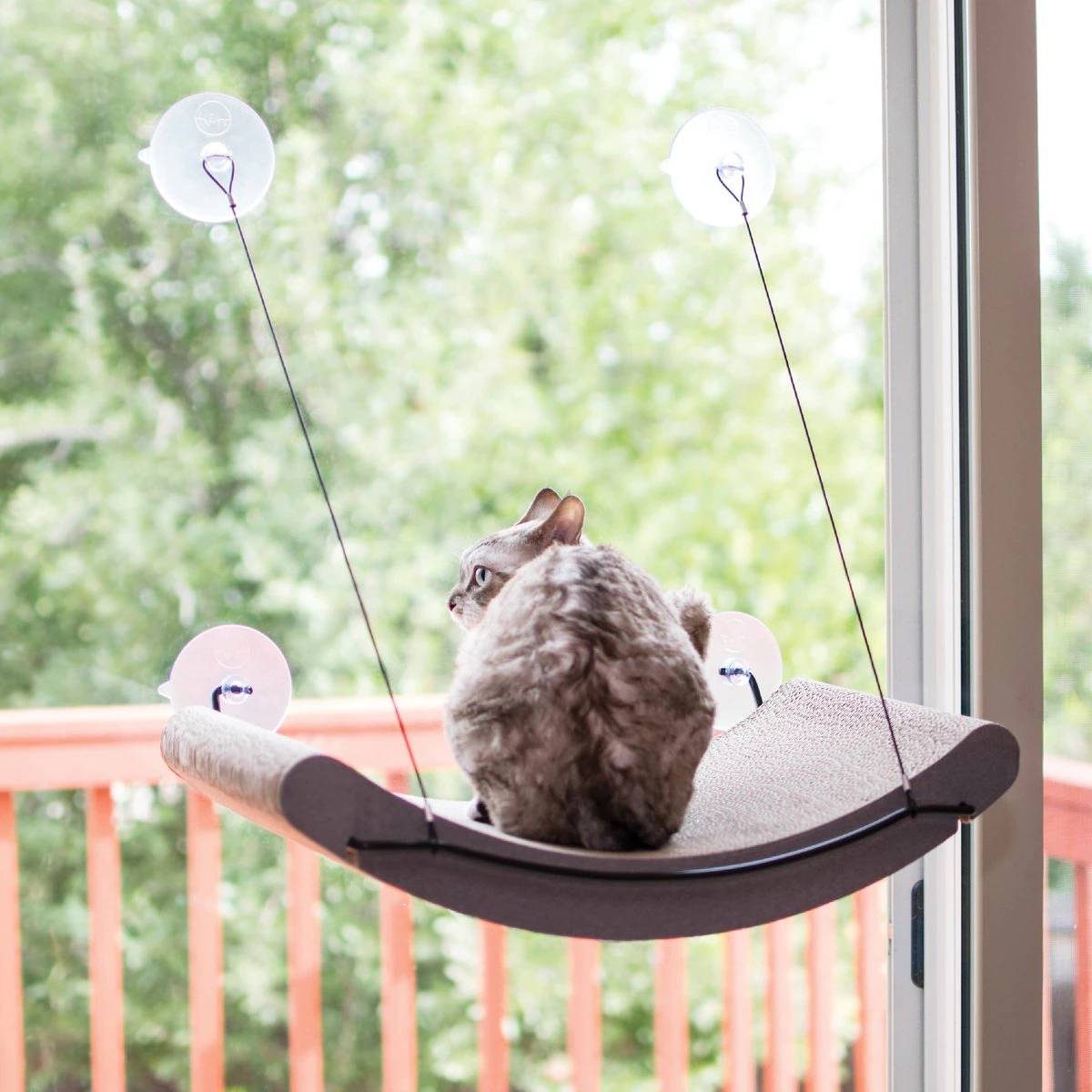
| Scratch Material: | Cardboard |
| Size: | 20” L x 11” W x 2” H |
| Features: | Hanging, lounge space |
If your growing kitten or senior cat likes to get in a good scratch before snoozing, the K&H Pet Products EZ Mount Window Scratcher Kitty Sill Cradle might be your choice. This cardboard scratcher features four large suction cups for quick mounting on almost any glass surface. The curved surface is the perfect spot for your cat to curl up and watch the birds outside. In addition, the cardboard scratch pad is replaceable.
The Window Scratcher holds up to 50 pounds, which makes it a great option if you’re looking for product longevity and something that your cat can use regardless of their size or age. It can also be moved parallel to the window to allow blinds and curtains to function normally. Users gave this product strong reviews, especially noting that installation is simple. However, some cautioned that you should ensure the glass surface is clean and wipe it with alcohol first. Another user warned against mounting the scratcher on an insulated, double-pane window to avoid damage.
- Easy installation
- Scratcher surface is replaceable
- Holds up to 50 pounds
- Can be moved to allow blinds to function
- May damage some windows
4. Frisco Scratch and Roll Scratcher Cat Toy with Catnip
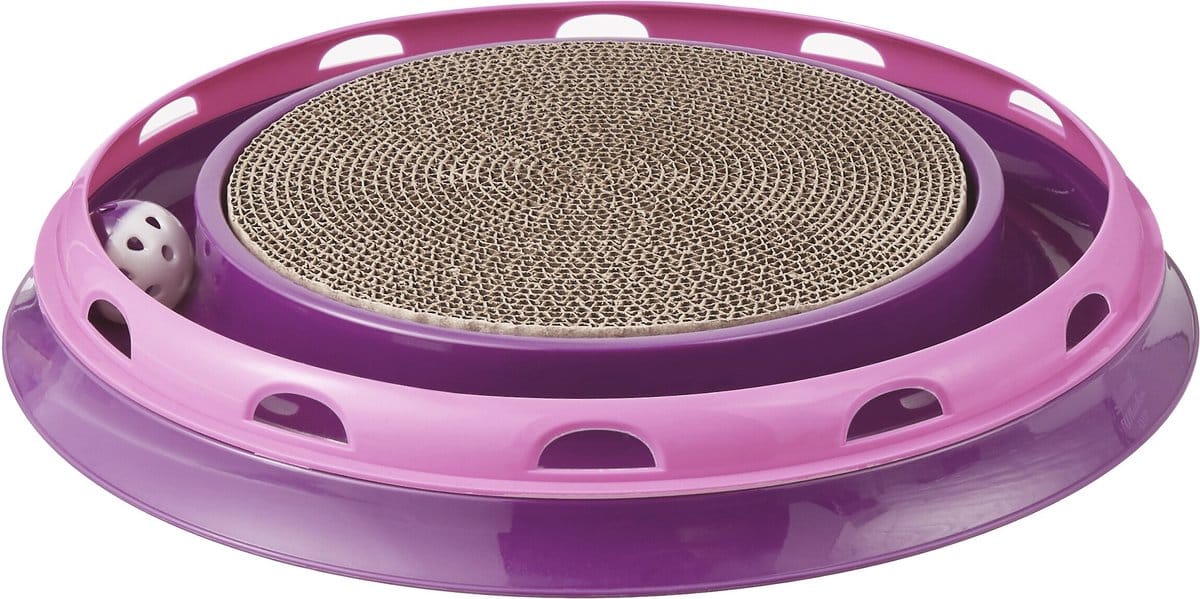
| Scratch Material: | Cardboard |
| Size: | 16” L x 16” W x 2” H |
| Features: | Toy, catnip |
Although this might feel like it’s for the younger kitties, the Frisco Scratch and Roll Scratcher Cat Toy with Catnip is a another great option for cats of all ages. This flat scratcher is small enough for tiny kittens to climb onto easily, and the ball toy keeps the older cats engaged. The combination toy and scratcher keep them entertained while helping you teach safe scratching habits early, and you can easily replace the scratcher surface when it wears out. The scratching post also includes catnip to entice older kittens.
Some customers mentioned that the scratcher flips over easily and is not as durable as some other cardboard options. The Frisco scratcher is a good choice for kittens, but you’ll need to switch to a different scratching post as your cat gets bigger and stronger.
- Short enough for kittens to use
- Toy and scratcher combination
- Replaceable scratch pad
- Flips over easily
- Not as durable as other cardboard models
5. Necoichi Stretch and Scratch Wall Cat Scratcher Toy
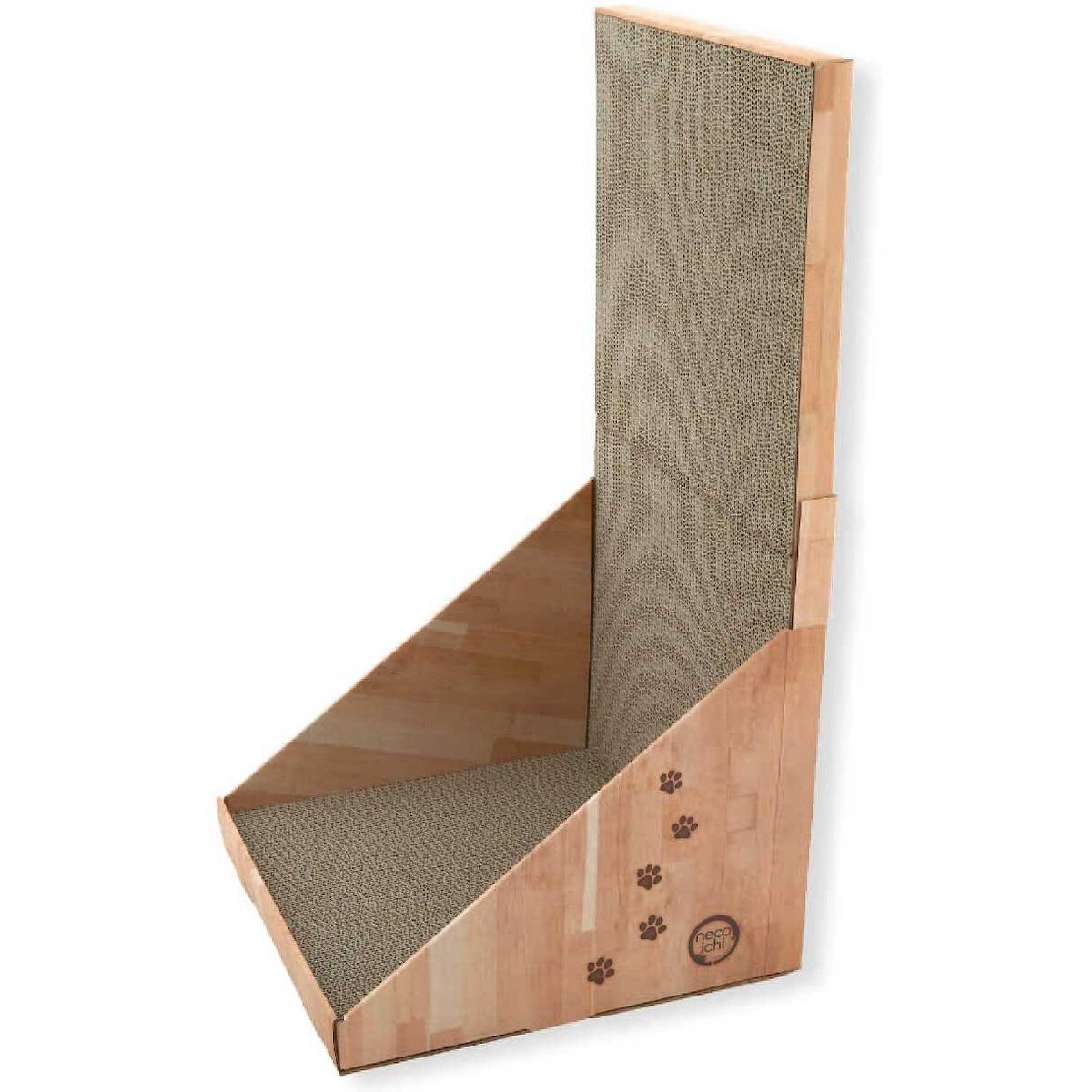
| Scratch Material: | Cardboard |
| Size: | 8” L x 15” W x 27.6” H |
| Features: | Dual scratch surfaces |
For cats and kittens with different stretching styles, you can try the Necoichi Stretch and Scratch Wall Cat Scratcher Toy. This stylish scratching post features cardboard scratch surfaces in a light wood frame. It offers your cat the option of stretching up or out, making it an excellent choice for kitties that prefer to scratch vertical surfaces.
The Necoichi Stretch and Scratch is big enough for enough the largest kitties. It is made with recycled materials and can be recycled when worn out. Assembly is required, and the scratch surfaces are not replaceable. Some users reported that the scratching post holds up well to use even by multiple cats. It can be attached to a wall with damage-free hanging strips to provide more stability when scratching.
- Offers a vertical scratch and stretch option
- Large enough for big kitties
- Can be recycled
- Durable and easy on the eyes
- Scratch pad cannot be replaced
- Assembly required
6. SmartCat Bootsie’s Combination Scratcher

| Scratch Material: | Sisal |
| Size: | 24” L x 7” W x 2.5” H |
| Features: | Hanging |
As a more affordable option for kittens and cats that like vertical scratching surfaces, SmartCat Bootsie’s Combination Scratcher can be mounted on the wall, placed on the floor, or hung on a door. This versatility makes it a good pick for those with limited space for a scratching post. It’s made with a sisal rope scratching surface and is more durable than cardboard scratchers.
It features rubber feet to keep it stable on the floor during scratching. Despite positive reviews, some cat owners warn that kitties used to scratching cardboard may ignore the SmartCat Bootsie’s Combination Scratcher.
- Rubber feet keep it from sliding on the floor
- Multiple mounting options
- More durable than cardboard scratchers
- Some cats may ignore it
7. Scratch Lounge The Original Scratch Lounge Cat Toy with Catnip
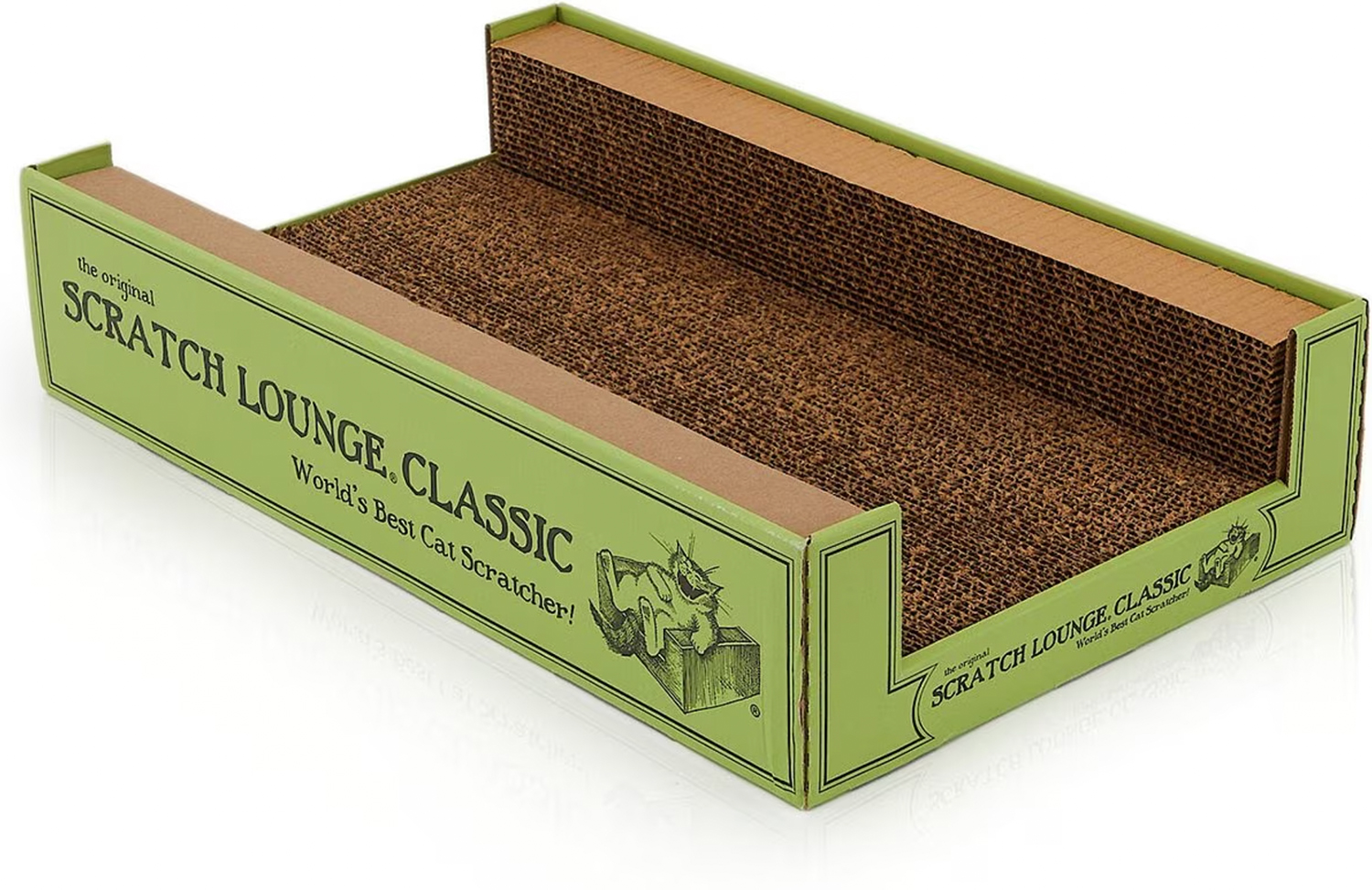
| Scratch Material: | Cardboard |
| Size: | 22” L x 13” W x 5” H |
| Features: | Catnip, recyclable |
The unusual design of Scratch Lounge The Original Scratch Lounge Cat Toy with Catnip provides cats of all ages with three separate scratching surfaces. The sides allow your cat to nest and snuggle into the scratching post, providing a sleep space and a scratch object. With multiple sides and a reversible scratch pad, the Original Scratch Lounge is longer-lasting than some cardboard scratching posts.
It is made of recycled materials and can be recycled once your cat is done with it. It’s roomy enough for big cats and has something for every kitty. Most pet owners liked the scratcher and gave it excellent marks for durability. However, they mentioned that it’s more expensive than most cardboard scratchers.
- Durable and reversible
- Made with recycled materials
- Big enough for large kitties
- More expensive than other cardboard scratchers
8. Frisco 21-inch Sisal Cat Scratching Post with Toy
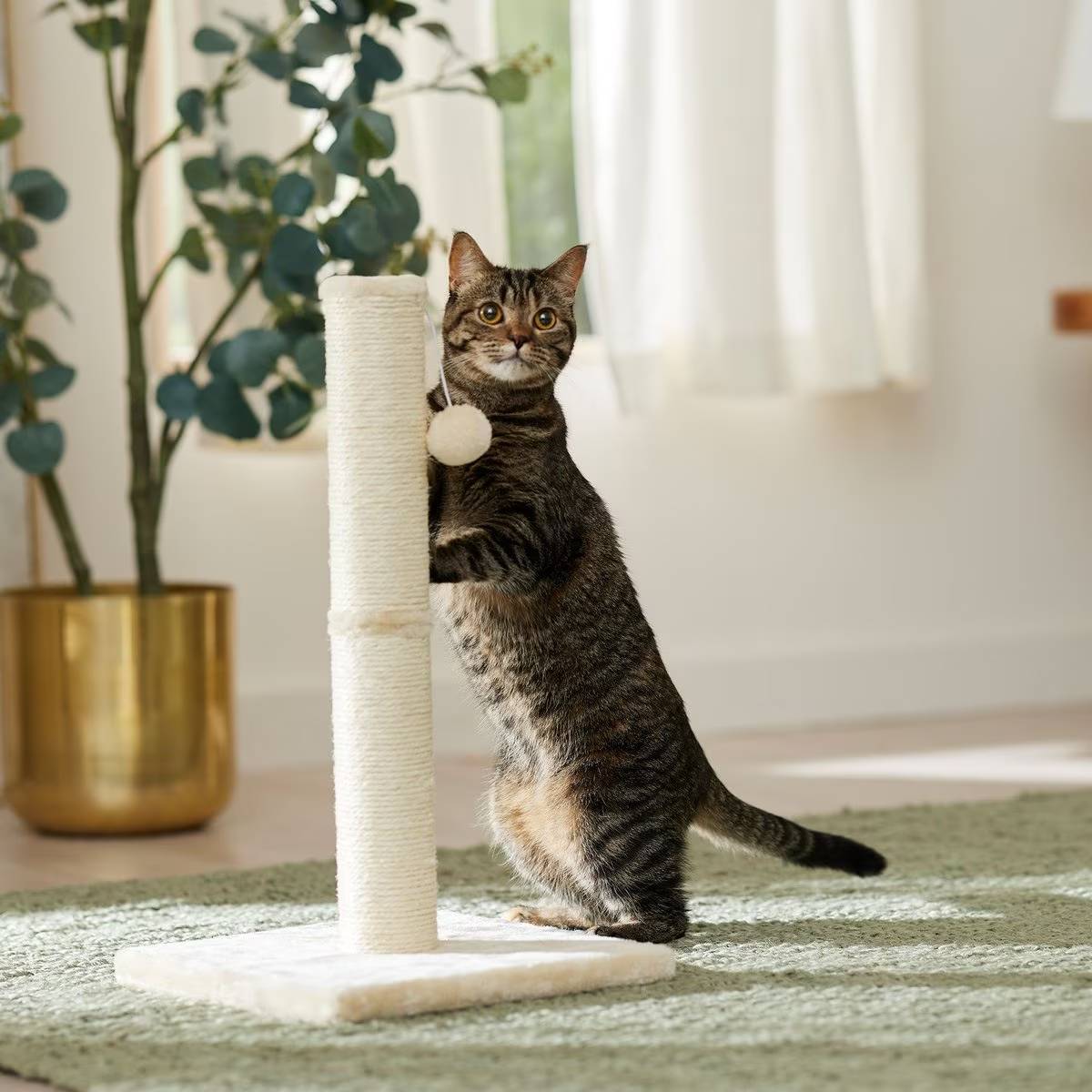
| Scratch Material: | Sisal, plush |
| Size: | 12” L x 12” W x 21” H |
| Features: | Toy, assembly required |
For cats who prefer a true scratching post, you can try the Frisco 21-Inch Sisal Cat Scratching Post with Toy. This free-standing scratching post features a plush base, sisal vertical scratch, and stretch space. There’s also a fun dangling toy for your kitty to enjoy. It’s small enough to fit easily in a corner without being too obvious. It is easy to assemble, and all tools are included. At just 21 inches tall, the Frisco scratching post may not allow big kitties to reach a full stretch. Also, it may not be durable enough for bigger and stronger cats.
- Plush or sisal scratching surfaces
- Easy to assemble
- Not too big or bulky
- Toy included
- May not allow bigger cats a full stretch
- Some durability issues
9. Tiger Tough Tiger Tent Corrugated Cat Scratcher
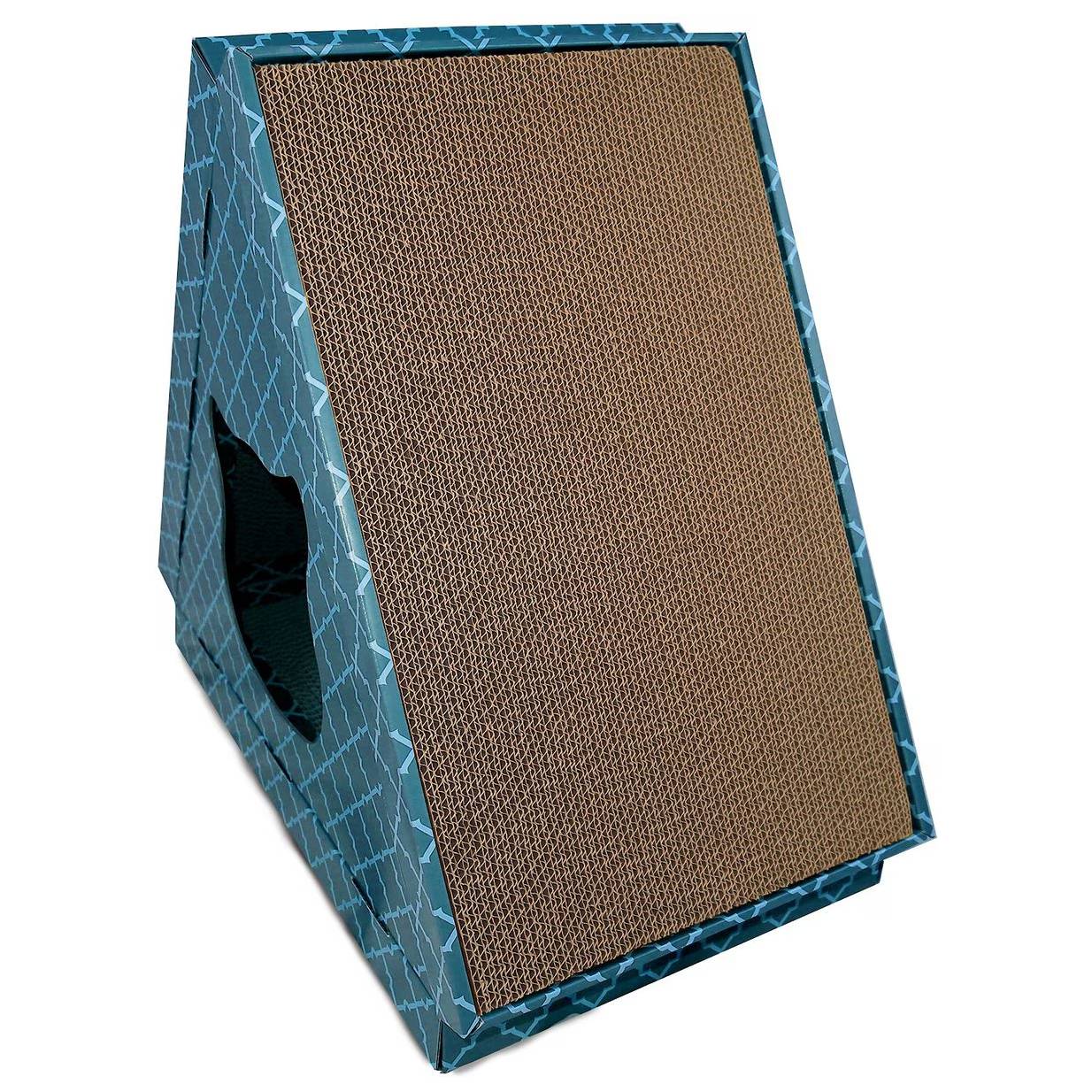
| Scratch Material: | Cardboard |
| Size: | 7” L x 12” W x 18.5” H |
| Features: | Catnip |
Do you want to give your cat their own personal getaway? Consider the Tiger Tough Tiger Tent Corrugated Cat Scratcher. This cute scratching post features three scratching surfaces: two vertical inclines and a flat space. The design allows it to accommodate cats with different scratching preferences. The inside hideaway offers your cat a quiet space to observe the world.
This scratching post is a good choice for multi-cat households because of its versatility. The Tiger Tent is made with 100% recycled materials and comes with catnip. The company does not sell replacement scratch pads, but they can be reversed.
- Good for multi-cat households
- Made with recycled materials
- Scratch pads can be reversed
- Stable during use
- No replacement scratch pads are available
10. CatStages Easy Life Scratch, Snuggle, and Rest Cat Scratcher Toy with Catnip
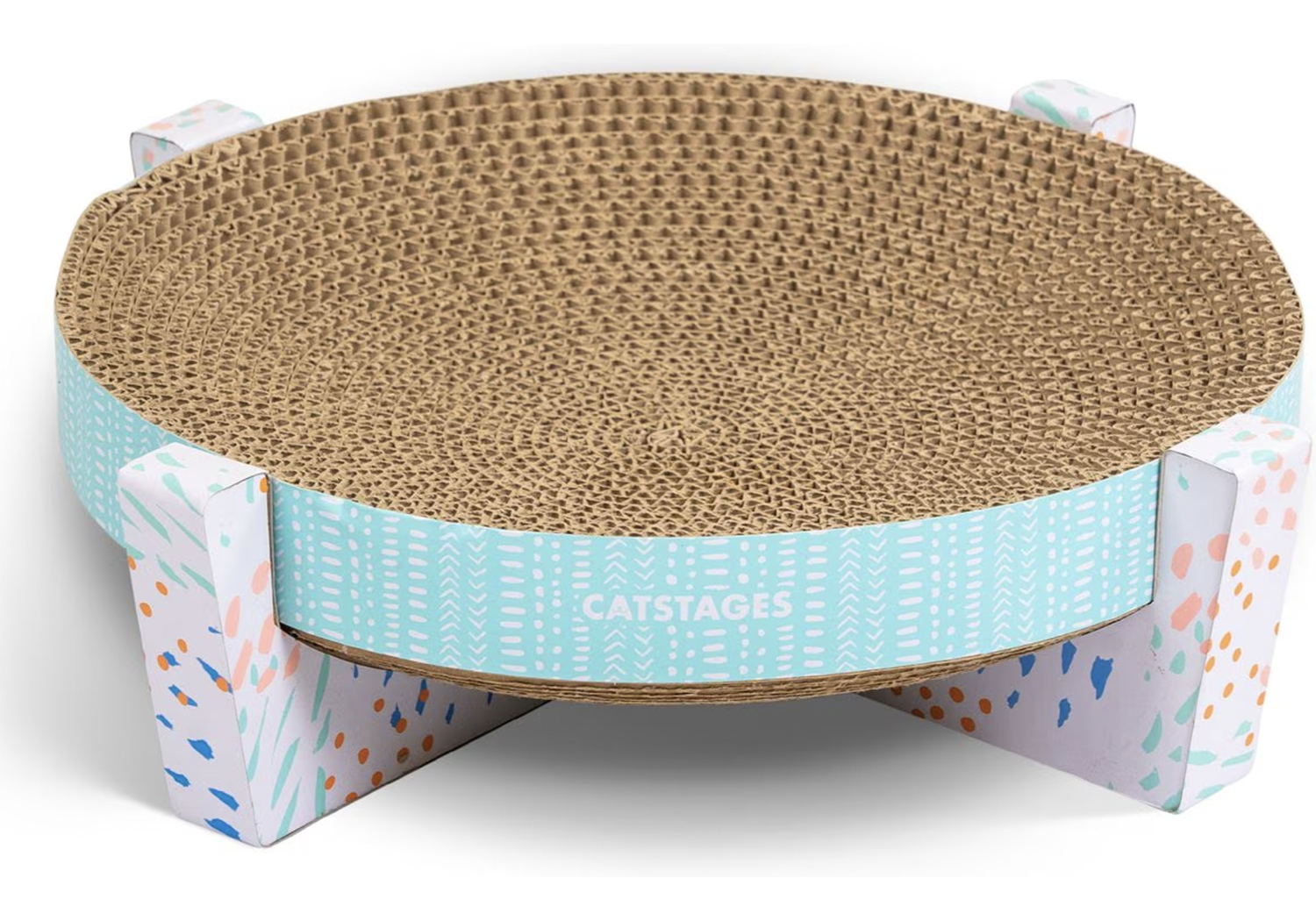
| Scratch Material: | Cardboard |
| Size: | 4” L x 13.4” W x 4” H |
| Features: | Catnip |
The CatStages Easy Life Scratch, Snuggle, and Rest Cat Scratcher Toy with Catnip is an excellent choice for cats of all ages. The unique bowl-shaped design provides a comfortable nap spot for most size kitties. With flashy colors and graphics, this scratching post will stand out in your home, so it isn’t the best choice if you’re looking for a more refined visual.
The CatStages Scratching Post is sturdy and comes with catnip to make it more appealing to some cats. Unfortunately, the scratch surface is not reversible or replaceable. It is an affordable pick, which is especially good because you may need more than one if you have multiple cats. Some customers reported that the CatStages scratcher was so popular that their cats ended up competing for who gets to use it!
- Sturdy
- Good for cats of all ages
- Unique design makes snoozing and scratching simple
- Affordable
- Scratch surface is not reversible or replaceable.
- May not be visually appealing to humans

Buyer’s Guide
The right scratching post can be a vital tool in maintaining a healthy relationship with your cat. Here are some key points to consider as you search for the perfect choice.
Scratching Material
Some cats are adaptable in their choices of scratching surfaces, while others develop specific preferences and refuse to sink their claws into anything else. If you’ve noticed that your cat prefers to scratch furniture, wood, or cardboard, look for a scratching post featuring those materials. For cats that show no preference, consider which material you want them to use before you buy. If it becomes a favorite, they may struggle to switch to another.
Up or Down?
Does your cat prefer to stretch and scratch along the floor or up against walls and furniture? If your cat is a vertical scratcher, look for a stable vertical scratching post. You could also get a combination scratcher to provide multiple choices or accommodate more than one cat.
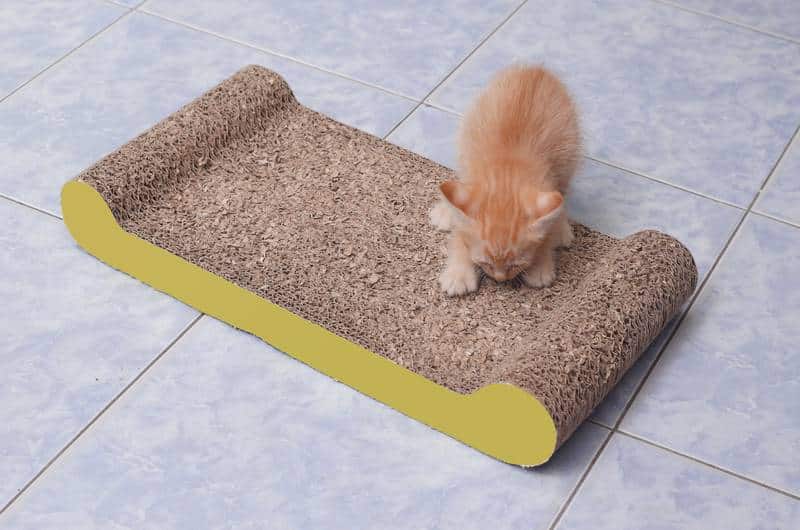
How Long Will It Last?
Cardboard scratching posts tend to be the most affordable choice but are less durable. You may not save money in the long term if your cat is a rough scratcher. Look for scratch pads that can be flipped over to increase the length of use. Not all cardboard scratch pads can be replaced, either. Will you have to buy a new scratcher every time it wears out?
Tips to Get Your Cat to Use a Scratching Post
Choosing a scratching post that fits your cat’s preferences is a good first step in getting them to use it. Another tip is to place the scratching post near furniture or a wall your cat already scratches regularly. If your cat responds to catnip, try sprinkling some on the scratching post to encourage them to check it out. Other cats may need to be lured with food.
You can also reward your cat with treats for using the scratching post. Don’t punish or yell at your cat when they scratch an inappropriate surface. Instead, distract them with toys or treats and direct them toward the new scratching post. With patience and rewards, your cat should learn to use their appropriate scratch surface.

Our Cat Scratching Posts for Every Stage of Life Selection Process
Catster’s dedicated team of writers and editors collaborate with expert veterinarians, considering a wide range of factors when selecting the best for cats. These parameters include customer reviews, brand reputation, veterinary experience, and in some cases, hands-on testing. Of course, our cats have a say in the process, too! We strive to select and review the highest-quality products available, to help you choose the best possible product and make the most informed decision for your and your cat’s needs.
Why Trust Catster?
Catster has been a trusted online brand since 2001, so we know a thing or two about cat scratching posts. We’re a team of cat-loving writers, editors, and veterinarians dedicated to helping you make the most informed decision for your feline. We deeply believe in providing the best information for cat owners to help their cats live their best life possible. We look at reviews from the most trusted sources available, and this, combined with our veterinary team’s experience and expertise, helps us gather the best options on the market. Our team is invested in the welfare and health of cats around the world, and believe that expert knowledge is one of the best ways to achieve this.

Conclusion
As our best overall cat scratching post for every life stage, the Hepper Hi-lo Cat Scratcher offers an appealing visual design and can be positioned in three unique angles for your kitty. Our best-value option, the Kong Naturals Cat Scratcher, features an affordable price and a reversible scratch pad for even more cost savings. We hope our reviews of these cat scratching posts gave you valuable insight into what’s available for your cat. Remember, scratching is a natural behavior for cats, and they should be encouraged to do it safely.
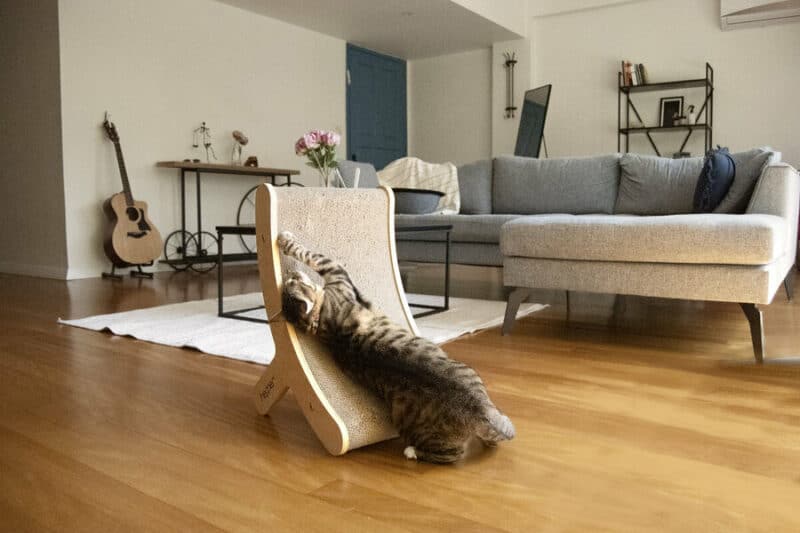




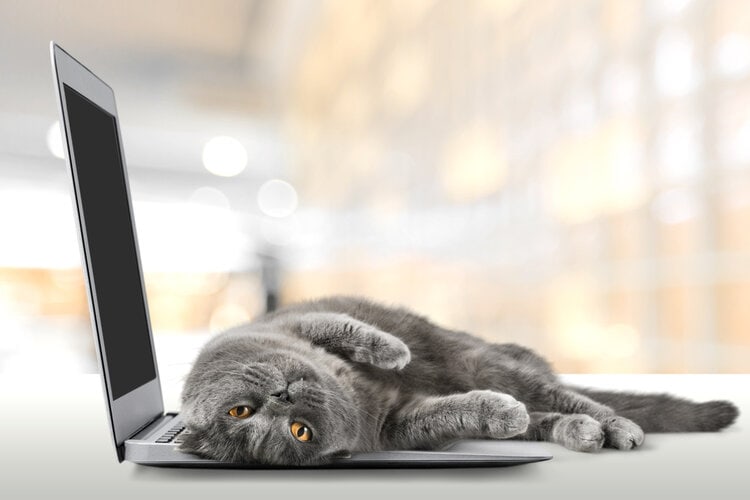
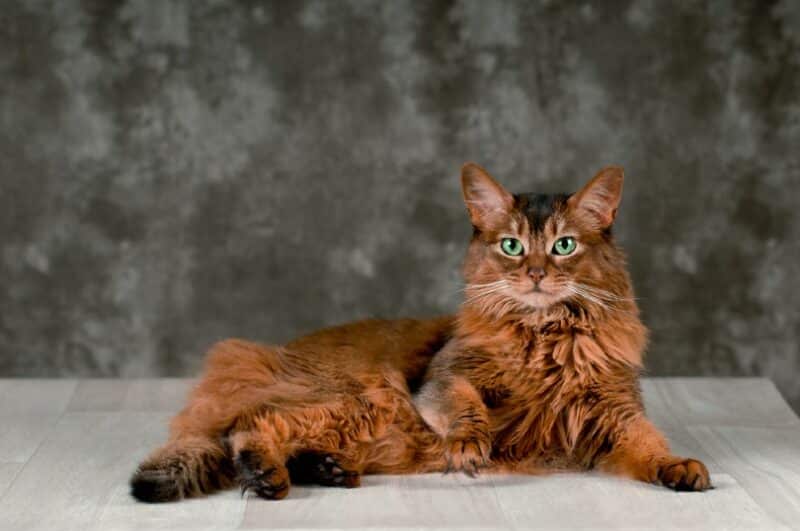

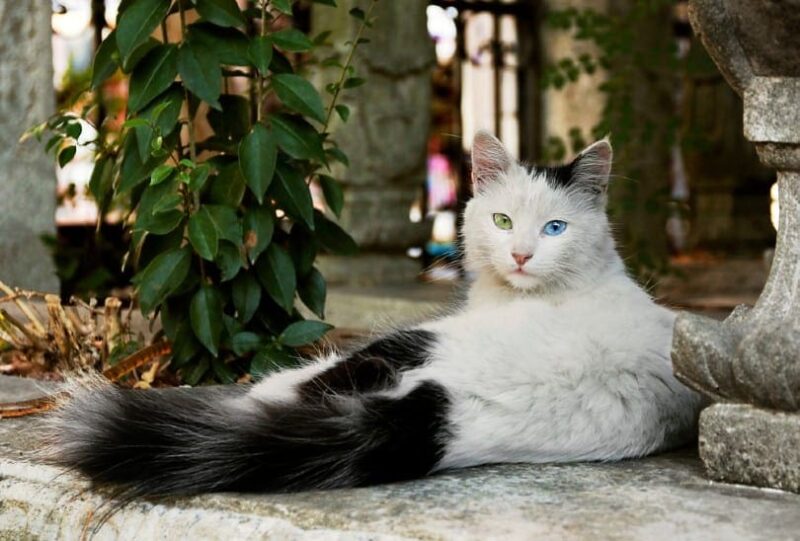
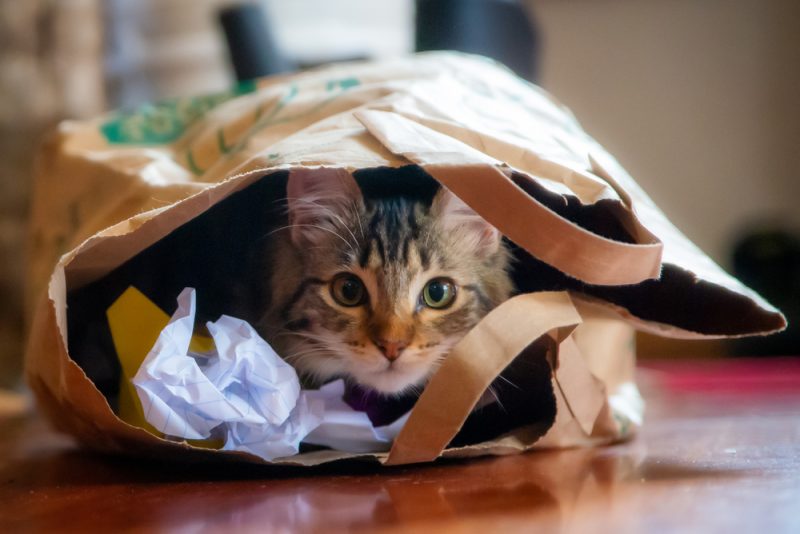
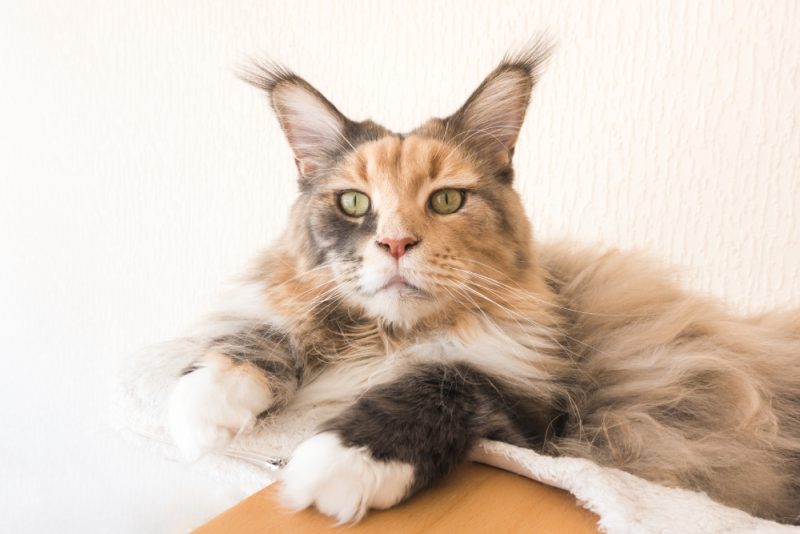

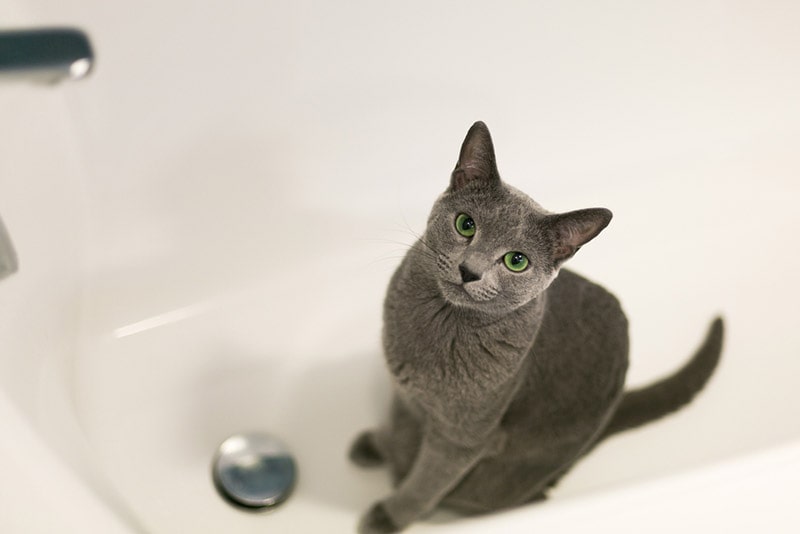

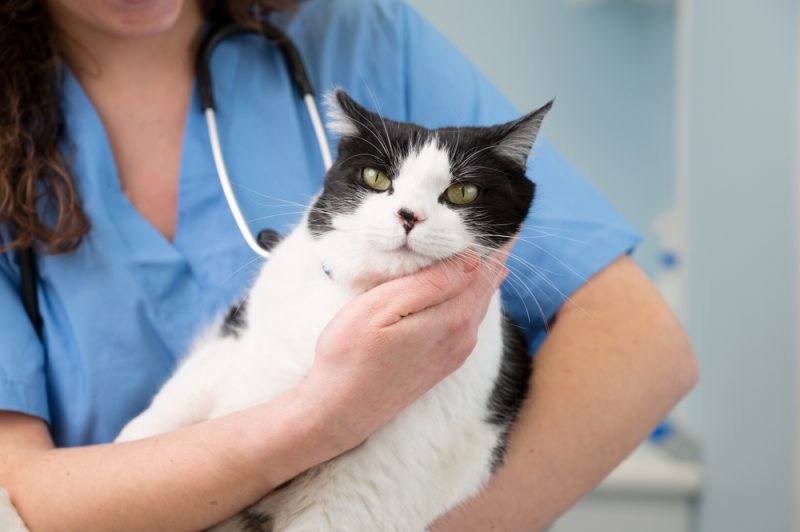

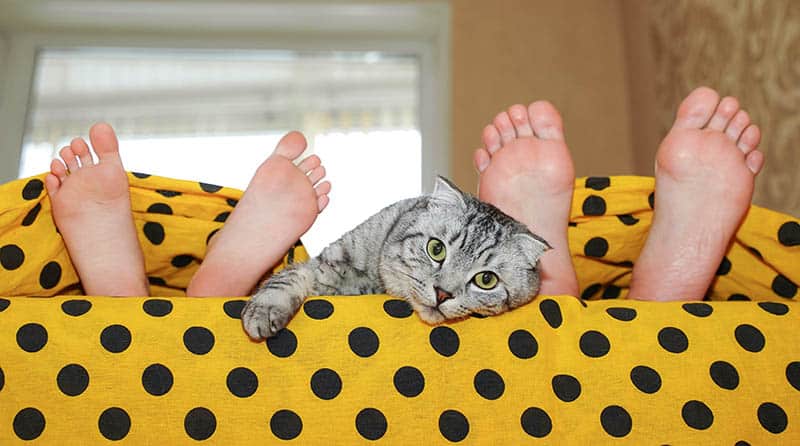
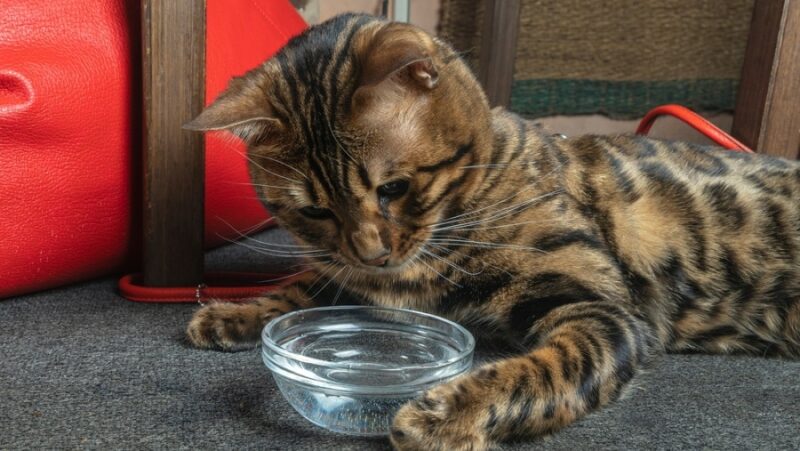
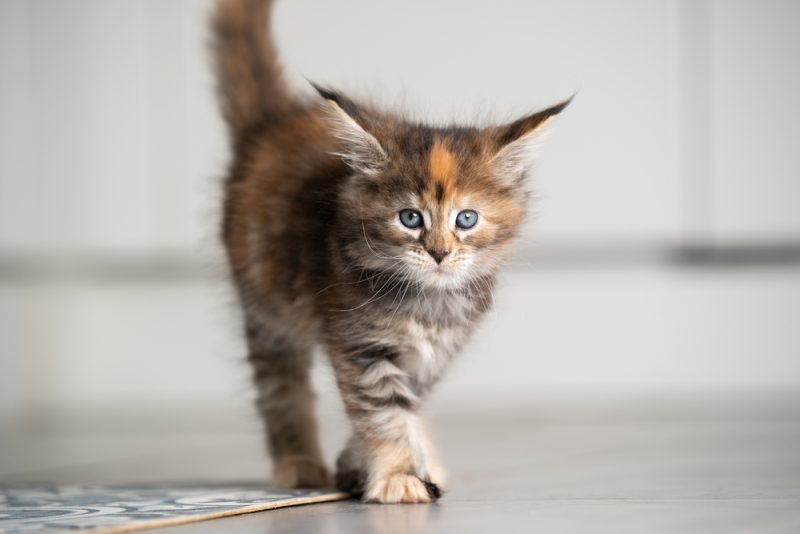
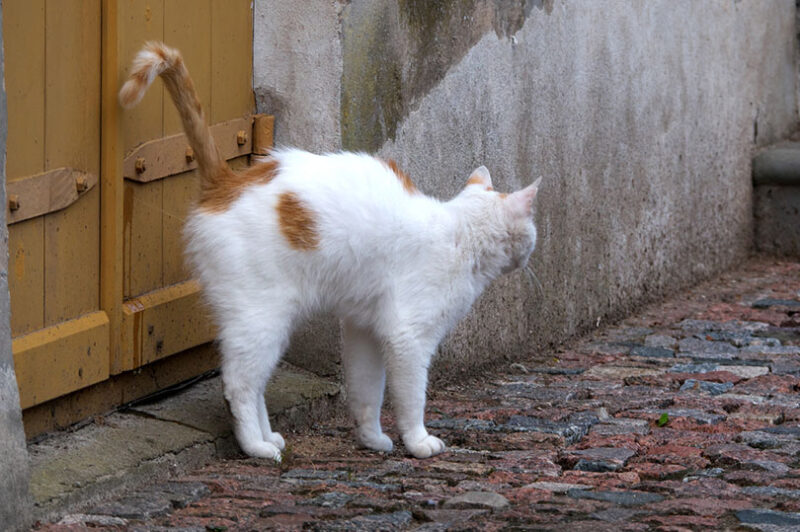


2 Responses
Help please!
Our cat is 12 years old and has always been an inside cat. We've never had any trouble with her scratching posts before. However, last time we changed it as she'd wrecked it, she wouldn't use it and started digging up the carpet around it. I contacted Catster and they gave me several ideas, including spraying the new one with catnip, which did the trick. This time though she just won't use the new post. We tried re-stringing her old one but she was just the same. The catnip trick isn't working and she is shredding our lounge carpet. It's a lovely wool carpet and she's digging it up. She does this in front of the scratching post and scratching mat she has. She doesn't do it anywhere else in the house, only in front of her post. We have tried everything we can think of. The knock on effect of this is that her claws are growing and she's not wearing them down. They are getting stuck in furniture, beds and us!
Any advice you can give us would be more than welcome. We thought about taking her to the vet to get her claws cut but that would stress her out so much we'll only do it if nothing else works. But I don't think this would make her start using her scratching post again would it? I've read through all your information above. Do you think it's worth trying a different type of scratcher? We are both pensioners so don't have a lot if spare money though.
Thanking you in anticipation!
Linda.
Hi Linda, sorry to hear about your cat not using the new scratcher. Did you buy exactly the same model as before? If not, you should perhaps consider that. I am not sure what kind of scratcher you had before.
Since you are on a budget you could perhaps consider these DIY projects?
https://www.catster.com/lifestyle/diy-cardboard-cat-scratcher-plans/
https://www.catster.com/lifestyle/diy-cat-scratching-post/
https://www.catster.com/lifestyle/diy-cat-scratch-boards-pads/
https://www.catster.com/lifestyle/how-to-make-cat-scratching-post-from-log/
And some tips to get your cat to use the scratcher post:
https://www.catster.com/lifestyle/ways-to-get-cat-to-use-scratching-post/
As well as some tips to help stop scratching the carpet:
https://www.catster.com/lifestyle/how-to-stop-cat-scratching-carpet/
We hope this helps!